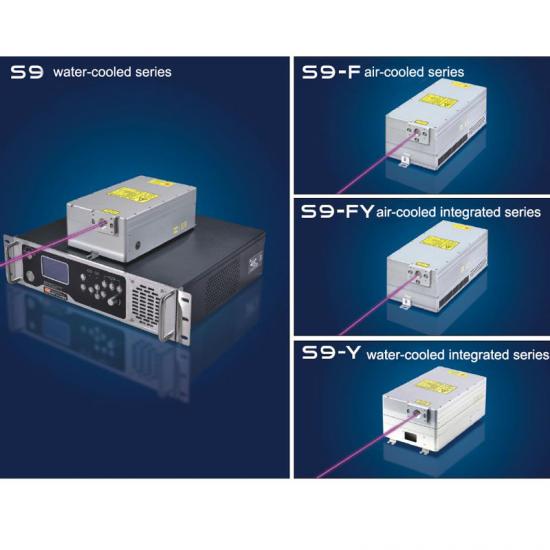Latest Blog
15w 20w Uv Laser Diode manufacturers occupy the high-end precision machining market
Jun 29 , 202215w 20w Uv Laser Diode manufacturers occupy the high-end precision machining market
Ultraviolet lasers occupy high-end markets such as precision machining with the advantages of machining accuracy. According to the different laser output wavelengths, lasers can be divided into three categories: infrared lasers (wavelengths from 760nm to 10μm), visible light lasers (wavelengths from 380nm to 760nm), and ultraviolet lasers (wavelengths from 10nm to 380nm). Since the output wavelength of the ultraviolet laser is the shortest, and the short wavelength can achieve a smaller focused spot and line width, resulting in higher laser processing accuracy; in addition, the short wavelength can bring higher single-photon energy, which can directly interrupt the material The chemical bonds between atoms/molecules cause the material in the irradiated area to directly form gaseous particles or particles and undergo a photochemical exfoliation process, which does not significantly affect the surrounding material, and hardly produces a heat-affected zone (ie cold working), thereby obtaining high dimensional accuracy and edge quality. Therefore, UV lasers are ideal for precision machining markets such as semiconductor materials, micro-optical component fabrication, and PCBs. For example, EUV (extreme ultraviolet laser, wavelength less than 14nm) technology, as the core light source of lithography machine, is the only processing technology that can carry out 7nm chip process, which ensures the continuation of Moore's Law.

uv laser | green laser | Ultraviolet lasers | uv dpss laser | nanosecond laser | UV laser source | Solid State Lasers
Shipments continue to release, and it is expected to maintain a high growth trend in the future. According to the "2020 China Laser Industry Development Report", domestic UV lasers achieved shipments of 19,000 units in 2019, with a CAGR of 52.5% from 2014 to 2019, mainly due to the continuous high growth in demand for UV precision machining equipment in consumer electronics, semiconductor and other industries, and With the increasing maturity of ultraviolet laser technology, the cost downturn promotes the emergence of economy, and gradually replaces traditional solid-state YAG lasers and CO2 lasers.
UV laser shipments continue to grow rapidly
Source: "2020 China Laser Industry Development Report"
High power and ultrafast are expected to be the development direction of UV lasers in the future. Similar to the growth cycle of products such as traditional solid-state lasers, CO2 lasers, and emerging fiber lasers in recent years, ultraviolet lasers will also develop towards a path of higher power and narrower pulse width with the deepening of technology. Taking the ultrafast ultraviolet laser as an example, due to the ultrafast technology, the laser pulse width is narrowed again, and the extremely high peak power makes the processing material heat up in a short time and the cold processing ability is further strengthened. It is suitable for brittle materials, ultra-thin materials, etc. Precision machining of materials. At present, about 80% of UV lasers are concentrated in the nanosecond level, and the nanosecond UV cutting machine has a slight carbonization on the upper edge of the cutting FPC and CLV products, which leads to micro-short circuit of electronic components and reduces product yield; ultra-fast picosecond UV cutting machines are used. The laser cutting machine can effectively solve the problem of edge carbonization during processing by virtue of the smaller pulse width, which makes the thermal energy spill over the material in a shorter distance.
5G drives the upgrade of processing accuracy, and the market space for ultrafast ultraviolet lasers is opened. With the continuous advancement of 5G, consumer electronics products, mainly mobile phones, have ushered in technological upgrades, and the internal components of the products have been further miniaturized, centralized, and complicated. According to Skyworks' estimates, the RF front-end components of 5G mobile phones will increase significantly, the number of filters will increase from 40 to 70, and other RF components such as antennas, PAs, RF switches, and LNAs will also almost double. More compact component arrangements require further reductions in PCB line widths and line spacings. The upgrade of processing accuracy is expected to drive the accelerated upgrading of midstream production lines, and the market space for processing equipment represented by ultrafast ultraviolet lasers is expected to benefit from opening up.